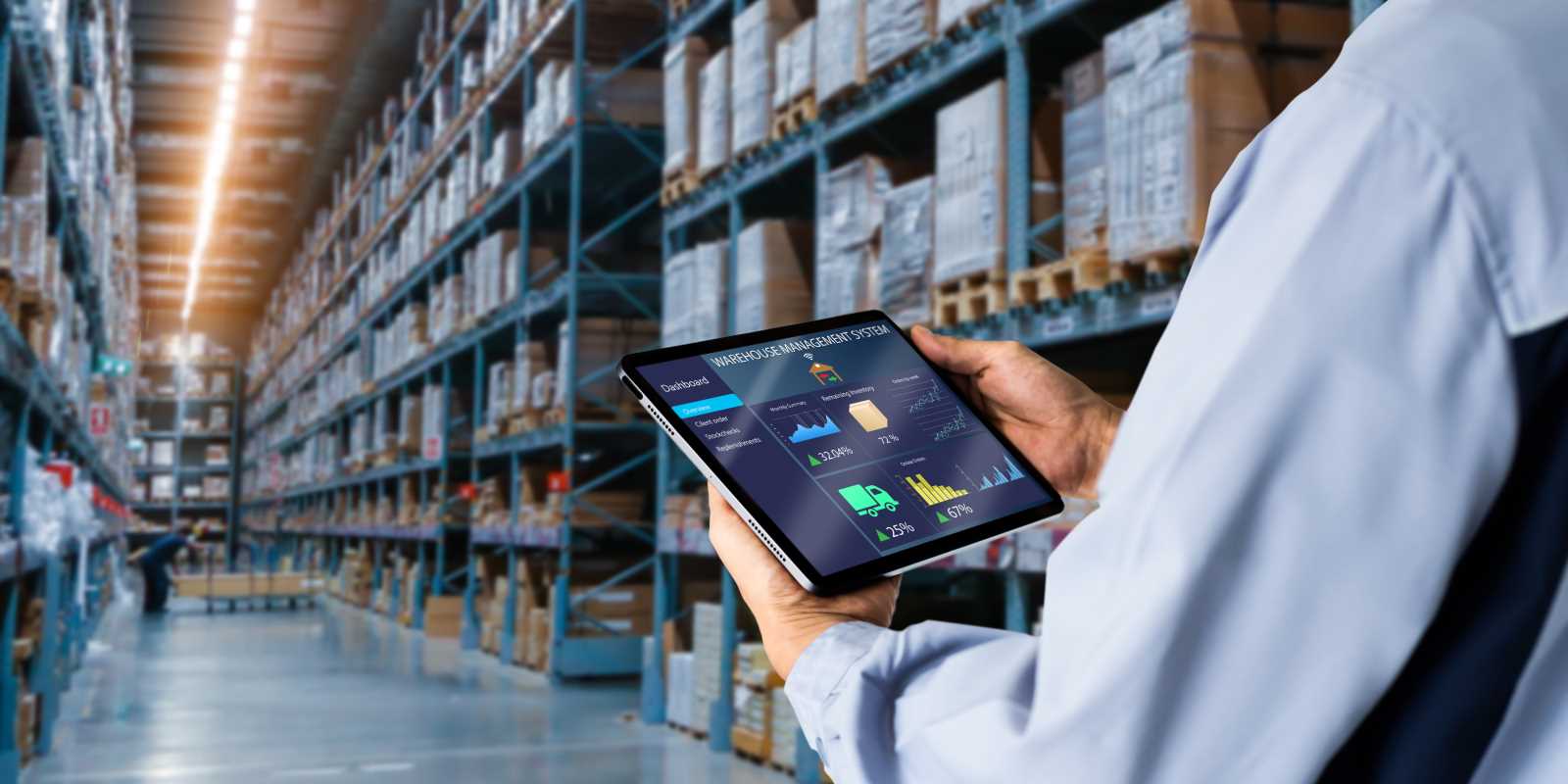Efficiency is the heart of any successful eCommerce operation. With rising consumer expectations for faster deliveries and seamless service, businesses are constantly searching for ways to optimize their fulfillment processes. Enter AI-driven robot picking solutions, a cutting-edge technology transforming warehouse operations. These systems combine robotics and artificial intelligence to streamline order fulfillment, improve accuracy, and accommodate growing demands. But how exactly do they work, and why should businesses consider shifting?
We will break down the functionality of these systems, explore their key benefits, and provide actionable insights on implementing them effectively. Your warehouse might be striving to scale operations or seeking ways to handle orders more efficiently. In either case, AI-driven robotics could be your solution.
Understanding AI-Driven Robot Picking Systems
At its core, an AI-driven robot-picking system combines intelligent robotics and artificial intelligence designed to streamline the task of picking items in a warehouse. Traditionally, picking involves workers manually locating and retrieving products for packing and shipping. While effective, this method can be time-consuming, prone to error, and difficult to scale during peak seasons.
AI-driven systems address these challenges by automating the process. How does this work?
- Robotic Hardware: These robots can move through warehouse aisles, select items from shelves, and transport them to designated areas.
- Artificial Intelligence: AI algorithms analyze inventory layouts, predict the most efficient picking paths, and guide robots accordingly. They can also adjust in real-time, reacting to changes such as unexpected stock shortages or updated orders.
- Integration with Warehouse Software: These systems communicate seamlessly with warehouse management systems (WMS) and enterprise resource planning (ERP) tools. This integration ensures that robots use the most up-to-date order and inventory data.
Combining these elements, AI-driven robots help warehouses operate faster and more accurately than human labor alone.
The Benefits of AI-Driven Robot Picking Solutions
Investing in AI-driven robot picking systems offers a range of advantages, from reducing labor costs to improving customer satisfaction. Below are the key benefits businesses can expect from this technology.
1. Enhanced Efficiency
One of the most compelling reasons to adopt robot-picking solutions is their ability to work continuously without fatigue. Unlike human workers, robots can maintain consistent speed and accuracy over long periods, drastically reducing the time it takes to fulfill orders. AI algorithms optimize efficiency by guiding robots through the shortest possible picking paths.
2. Improved Accuracy
Order errors can be costly, not just financially but also in terms of customer trust. Robotic systems significantly reduce human error by ensuring precise item selection. Some robots even come equipped with sensors and machine vision to verify product details before placing them in the cart.
3. Scalability During Peak Demand
eCommerce businesses often face challenges during peak demand, such as holidays or sales events. Robots can be deployed in greater numbers or reprogrammed to handle increased workloads, making it easier to scale operations without hiring additional temporary staff.
4. Cost Savings in the Long Run
Although the upfront investment in robotic systems can be high, they deliver significant long-term savings. By automating repetitive tasks, businesses can optimize labor expenses, reduce errors, and minimize the need for costly returns or re-shipments caused by mistakes.
5. Smarter Use of Warehouse Space
The same physical constraints as human workers don't limit AI and robotics. Robots can operate in narrower aisles or multi-level storage systems, making it easier for businesses to maximize the use of available space.
6. Data-Driven Decision Making
AI-driven systems don't just pick items. They collect valuable data. Data on picking speed, inventory movement, and bottlenecks can be analyzed to refine processes further. This information enables businesses to make informed decisions about inventory management and operational strategies.
How to Implement AI-Driven Robot Picking Systems
Transitioning to AI-driven robotics requires careful planning and a phased approach. Here are some practical steps to ensure a successful implementation.
1. Assess Your Needs
Before investing in robotics, evaluate your warehouse's specific needs. Consider factors such as order volume, warehouse size, and current bottlenecks. Understanding these metrics will help you choose the right system for your operations.
2. Choose the Right Vendor
Working with a reliable vendor specializing in AI-driven robotics for eCommerce fulfillment is important. Look for providers with a proven track record, scalable solutions, and strong integration features with existing warehouse management tools.
3. Optimize Your Warehouse Layout
Robots work best in spaces designed to accommodate their movement and picking patterns. This might mean reorganizing your shelves, creating wider pathways, or implementing vertical storage systems to maximize space.
4. Train Your Workforce
Robotic automation doesn't eliminate the need for human workers. Instead, it changes their roles. Invest in training for your team to manage, maintain, and work alongside robotic systems effectively.
5. Monitor Performance and Adjust
Once the system is in place, continuously monitor its performance. Measure key metrics such as pick speed, order accuracy, and system downtime. Use this data to refine your operations and address any issues that arise.
Real-World Applications
AI-driven robot picking isn't just a concept. It's transforming warehouses worldwide. Amazon is the most notable example. The company uses thousands of Kiva robots to streamline its fulfillment centers, enabling faster deliveries and greater efficiency.
Smaller businesses are also finding success with scalable robotic solutions. Platforms like Fetch Robotics provide modular systems that can grow as companies expand, making automation accessible even to mid-size warehouses.
Challenges to Consider
While the benefits are clear, it is important to be aware of potential challenges. High initial costs and integrating robotics with existing systems can be barriers for some businesses. Technological advancements are making these solutions more affordable and user-friendly.
 (1).jpg) (Image source: Midjourney)
(Image source: Midjourney) 





